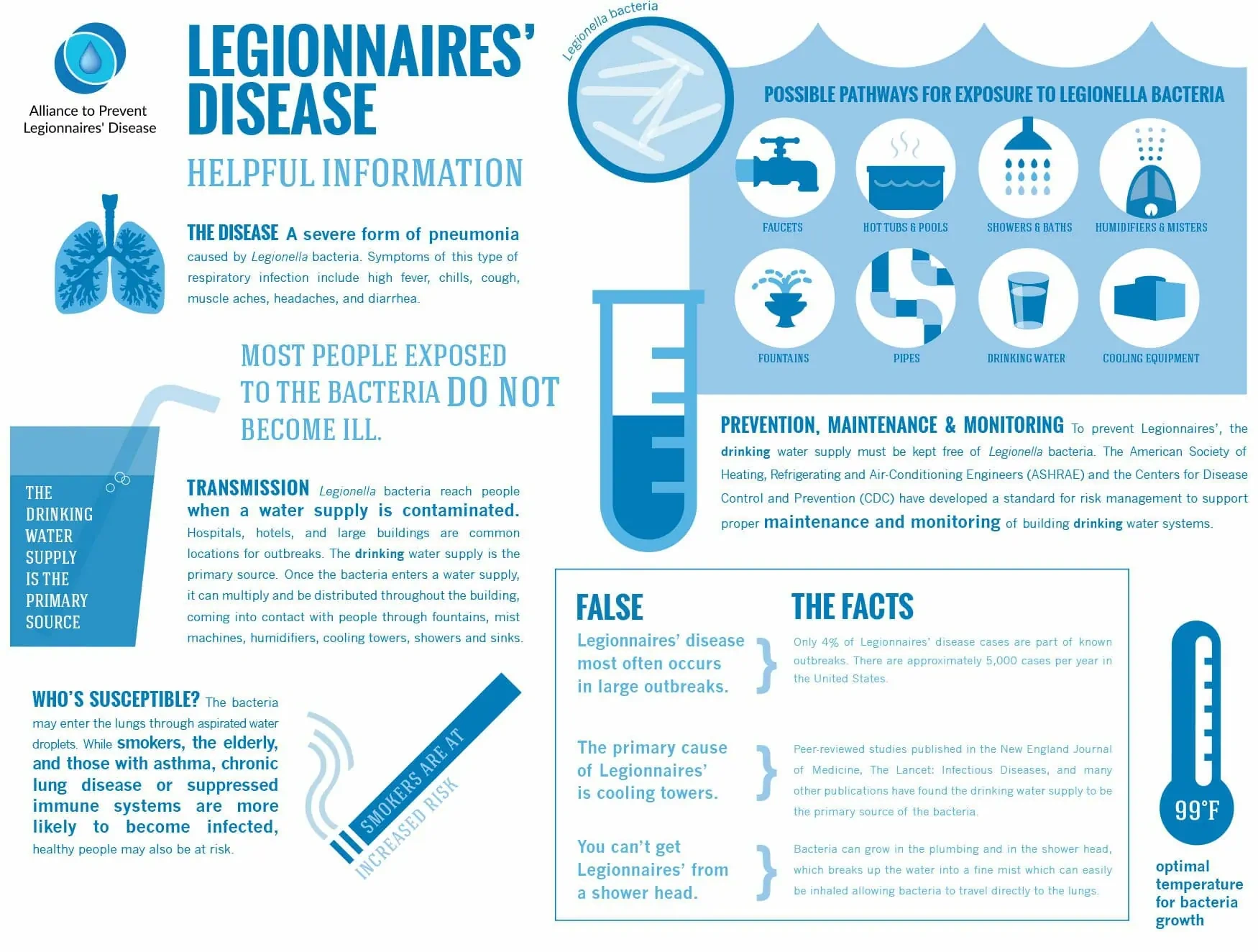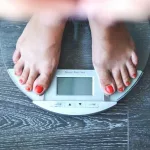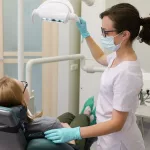Can Water Really Make You Sick?
Let’s start with something that might sound a little wild: there’s a bacteria that just loves to hang out in perfectly normal home water—showerheads, hot water tanks, even the pipes leading to that forgotten bathroom you never use. It’s called Legionella, and when you breathe in its mist, it can lead to a pretty gnarly illness known as Legionnaires’ disease. Kind of feels unfair, right? You’re just trying to enjoy a hot shower or fill up your humidifier, and now this sneaky intruder wants to mess with your lungs.

I first learned about this when a close friend, Jamie, came back from a long vacation and developed a cough that just wouldn’t quit. Who would guess it had something to do with his house plumbing and a bit of water that got a little too cozy during his absence? If you’ve ever worried about mold or stale water, Legionella is the bacteria cousin you need to know about. The good news? Keeping your home safe is way easier than you’d think.
Why Does Legionella Like Your Home So Much?
Have you ever wondered why you’ll never hear a horror story about Legionnaires’ disease coming from a glacier or an igloo? This bacteria is all about the warm, the damp, and the undisturbed. Hot water tanks, unused bathrooms, even that stylish (but dusty) water feature in the living room—these are the hangouts for Legionella1.
Picture it: a cozy water heater set perfectly in the “danger zone” (77°F to 113°F) because we love those warm baths. Stagnant water. Maybe a little mineral buildup. It’s pretty much a bacteria party. But unlike vampires, Legionella doesn’t need a fancy invitation—just the right temperature and a lack of movement. Yikes.
So… What Exactly Is Legionnaires’ Disease?
Quick detour: what happens if you breathe in these bacteria? Legionnaires’ disease is a kind of severe pneumonia—cough, fever, chills, muscle pain, even confusion for some. If you’re over 50, smoke, or have a chronic condition, you’re at a higher risk (no need to panic, but it’s good to be aware). Jamie, from my story above, was lucky; treatment works when you catch it early. But prevention is always, always better than downtime at the doctor’s office1.
So how do you deal with this invisible little pest? Let’s chat about how to prevent Legionnaires’ disease in the home—starting with the hot water tank, that old friend (or nemesis) in your basement or closet.
Turn Up the Heat (But Don’t Burn Yourself!)
Now, here’s where you get to play scientist… or chef, maybe, since temperature control is the magic ingredient. Legionella multiplies like crazy at lukewarm temperatures, but crank up your water heater to at least 120°F (preferably 140°F if there are no scalding risk people in your house), and suddenly it’s a whole new ballgame. The bacteria can’t handle the heat7.
Sounds good, right? Just check your water heater and, if you’ve got the option, set the temperature to 140°F. If you’re worried about burns—especially if you have kids or older folks living with you—install a mixing valve. This simple gadget lets your water heater stay hot enough to kill bacteria, but cools it before it gets to your taps.
Quick Table: Temperature Vs. Bacteria
| Water Temperature | Legionella Growth Risk |
|---|---|
| Below 77°F | Minimal (too cold for growth) |
| 77–113°F | High (ideal for Legionella) |
| 120–130°F | Low (growth slows down) |
| 140°F+ | Very Low (bacteria die off) |
Think of your hot water tank as a dragon—keep it hot enough, and nothing bad survives in there. But adjustable enough that nobody ends up with boiled fingers. It really is one of the easiest “natural” ways to keep your water safe, with way less fuss than chemical disinfectants. And honestly… who wants their shower to smell like a swimming pool anyway?
This is also key for preventing bacteria in your water lines and showers—don’t forget it! Honestly, the more you look into How to prevent Legionnaires’ disease in showers, the more you’ll realize how crucial that temperature is.
Flush It Out (Don’t Let Water Sit)
Here’s a simple trick that feels almost too good to be true: run water through every shower and tap in your house at least once a week. Especially the ones in guest bathrooms or that out-of-use basement sink. Why? When water sits in pipes, it gives Legionella time to move in. Running hot water keeps things fresh and gives bacteria the boot.
You don’t need to build a schedule—just make it a part of your weekend clean-up routine. (Pro tip: pretend you’re on a mission. The fate of global health depends on your diligence with the guest room faucet.) After my friend Jamie’s experience, I became borderline obsessive about flushing out unused taps after trips away. It’s weirdly satisfying—like you’re catching germs before they even know what hit them.
How Long Should You Flush?
If a tap or shower hasn’t been used in more than a week, run it for about five to ten minutes using the hottest water possible. While you’re at it, open windows or use exhaust fans if you’re flushing a shower—the less mist you breathe, the safer you are. It’s a natural, no-chemicals-needed habit that feels good to build into your weekly life.
Your Showers Aren’t Innocent Either
Here’s the deal: showers, especially the rain-style or detachable heads, love to collect mineral deposits and that slightly gross biofilm. That’s basically a hotel for Legionella—they check in, multiply, and wait for the next blast of water to scatter into the air (looking at you, Steve, with your 20-minute scalding showers). Seriously—keep ’em clean! Every month, grab some plain old vinegar, soak the showerhead, and scrub away any visible grime1.
If you want a deep dive into this, check out How to prevent Legionnaires’ disease in showers, which gets into the details. But really, it can be as simple as a monthly soaking and a bit of elbow grease. Natural, eco-friendly, and it keeps your showers smelling fresh.
Mini-Cleaning Table: Showers & Fixtures
| Fixture | Cleaning Method | How Often |
|---|---|---|
| Showerhead | Soak in vinegar, scrub gently | Monthly |
| Tap aerator | Remove and soak, scrub if needed | Every 2–3 months |
| Humidifier | Disassemble, wipe down, rinse with boiled water | After every use |
The bonus? This cuts down on weird smells, keeps water flowing nicely, and gives those science-fair bacteria colonies nowhere to hide. When I started doing this, I was amazed at how gross the residues could be—and how quickly they disappeared with something as natural as vinegar. Win-win.
What Else Is Hiding in the House?
Let’s not forget about hot tubs, humidifiers, and those cool mist air conditioners. Anything that produces mist or droplets from standing water deserves a glance. Have you ever looked at your humidifier after a winter of use? Yeah. Me too—and it’s not always pretty. Rinse, scrub, and dry things thoroughly between uses. Pretty soon, cleaning the humidifier will feel as normal as brushing your teeth (well… almost11).

If you use any type of How to prevent Legionnaires’ disease in air conditioners, maintenance is super important. Change or clean filters regularly, empty water trays, and never let water stand around for days—especially during summer when things get humid.
High-Risk? Give Extra Attention
If you’ve got anyone in the house who’s over 60, has lung disease, or just wants to be safe, take things up a notch. Some people install “point-of-use” water filters on showers or taps. These filters need regular changing—almost like replacing the filter in your coffee maker. They’re not a cure-all, but they can add a friendly layer of safety for the especially health-conscious. (Ask your doc what makes sense for your situation.)
Is Natural Better? (Spoiler: You Don’t Need Harsh Chemicals)
Here’s my honest take: most homes don’t need fancy purifiers, chemical flushes, or silver ion gadgets you see on late-night infomercials. The core tricks for how to prevent Legionnaires’ disease in the home are: keep it hot, keep it moving, and keep it clean. Natural cleaning tools like vinegar for your shower, and a little time spent running hot water through pipes, work wonders.
If you’re feeling overwhelmed, start small. Next weekend, soak your showerhead. The week after, check your water heater temp. Maybe on your next lazy Sunday, flush that forgotten bathroom. The more you build this into your life, the less you’ll worry.
Want to get deep into the HVAC science? There’s great research on How to prevent Legionnaires’ disease in air conditioners that even a non-engineer like me could follow. It’s actually kind of fascinating if you’re into health geekery.
Combine, Repeat, and Breathe Easy
Here’s where it feels a little like putting together a new routine—like adding squats after you master push-ups. If you set your water heater hot, flush taps weekly, and give all water fixtures a quick once-over each month, you are honestly ahead of 99% of homes out there. No need to panic or stress. Just add it to your “life admin” checklist and move on.
And don’t ignore gut feelings or weird smells—if something smells off, looks discolored, or feels slimy, clean it. Easy. That’s how you stay ahead of the game.
One slightly embarrassing anecdote: I once skipped flushing my kitchen faucet for months (it’s a “spare”). Came back after a vacation, turned it on, and the smell—let’s just say my nose wanted a refund. Lesson learned: nothing beats a fast hot-water flush!
What Will You Try First?
I’m curious, now that you know these tricks… what’s the first thing you’ll do? Will you crank up the water heater, or maybe give that guest bathroom some overdue love? Maybe share the job with your housemate or partner?
If you’re feeling ambitious, dig deeper into How to prevent Legionnaires’ disease in showers or research the science of How to prevent Legionnaires’ disease in air conditioners (especially if you live somewhere humid or have a lot of cooling going on).
The Takeaway: Your Home, Your Rules
Let’s wrap this up. How to prevent Legionnaires’ disease in the home doesn’t need to fill you with dread—or have you scrubbing like a mad scientist. A few natural habits (flush, clean, set your tank hot) turn your castle into a fortress against unwanted bacteria. Plus, these little upgrades make your home feel fresher, airier, and frankly more welcoming.
And if you ever catch yourself spiraling into health anxiety (been there!), just remember: small habits, repeated over time, keep these bacteria at bay far better than stressing out. Take that five minutes this weekend and give your house a quick health check. Maybe even turn it into a family game… who can flush all the taps fastest?
Either way, here’s to hot showers, fresh air, and a home that keeps you and your loved ones safe—naturally, for years to come. Stay well, friend. And if you have any tips or stories, please share them—I love learning new tricks from fellow “home health detectives.”


















Leave a Reply
You must be logged in to post a comment.